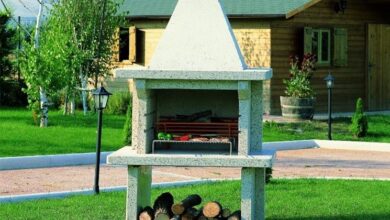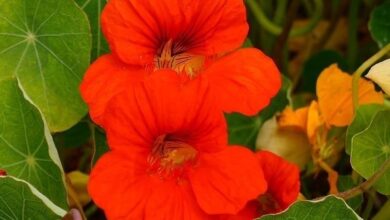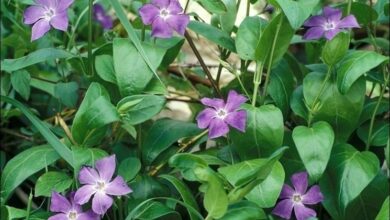Ginestra dell’Etna
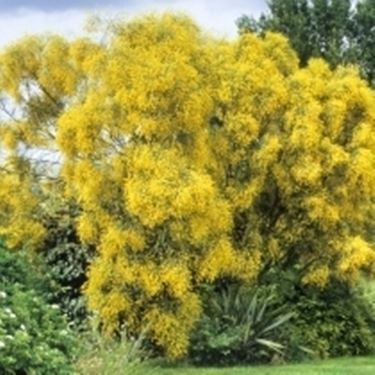
Generality

Climate and terrain
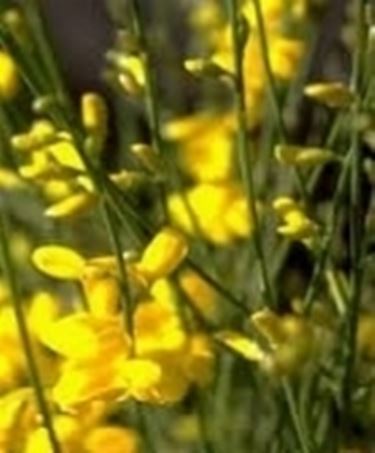
Ginestra dell’Etna has the extraordinary ability to adapt and thrive in truly extreme substrate conditions. A typical soil on which it develops is the volcanic one of the newly formed lava fields, when one cannot yet speak of soil as such, but of black stones and stones. As an endemic species, its distribution range is extremely limited geographically, which does not prevent it from being «exported» elsewhere. It is currently found, as well as in Sicily and Sardinia, also in Calabria, Campania and Molise where in some cases it has been introduced during reforestation operations. In this regard, it seems that the use of the Etna broom on Vesuvius and the Peloritani mountains for forestry purposes has not been crowned with the expected success. From the altimetric point of view it grows between 100 and 2000 meters above sea level, and seems to prefer the eastern slopes of the slopes on which it develops. Its typical habitat is that of bushes and scrubs on calcareous or crystalline soils as in Sardinia, or lava as in Sicily. It wants full sun exposure and is a fully rustic plant. It does not tolerate salinity.
Plant and cultivation techniques
The propagation of the Broom of Etna occurs by seed. The seeds are harvested at the end of autumn (November-December) from fully developed plants in excellent vegetative conditions. The already dried legumes are collected from the plant and the two (or four) seeds are extracted and stored dry throughout the winter season. Sowing in April must be preceded by mechanical scarification with sandpaper or, but usually not recommended, by chemical scarification (30 minutes in sulfuric acid). In any case, after scarification, the seed is placed in the open field or in a container, taking care of the humidity of the substrate for the entire first growing season, otherwise the young plants will dry out. Alternatively, you can proceed by cutting or grafting. Within 10-20 years (depending on the environment in which it lives) it reaches its final dimension. As far as pruning is concerned, the botanical and endemic species should be allowed to develop autonomously since they thus reach and develop their natural beauty (for which they are usually cultivated as ornamental plants), but in the juvenile phase it can possibly be pruned very sparingly, as it does not tolerate drastic pruning, to keep a bushy habit more dense or orderly. Moreover, it does not require maintenance or special care. The Broom of Etna is an extremely beautiful plant, with a very abundant flowering, fragrant and showy, suitable for small and medium-sized gardens as isolated specimens or on the bottom of English borders. It gives its best in non-formal or modern contexts.
Parasites and diseases
Some report a certain sensitivity to aphid attacks as occurs for other gorse, but it is generally a plant rather resistant to diseases and pests.

